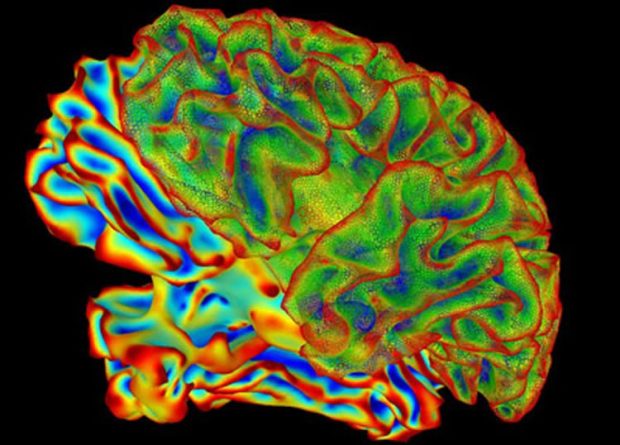WASHINGTON : Neurodegenerative diseases like Alzheimer’s and Parkinson’s may be linked to defective brain cells disposing toxic proteins that make neighbouring cells sick, a new study has found.
Researchers found that while healthy neurons should be able to sort out and rid brain cells of toxic proteins and damaged cell structures without causing problems, laboratory findings indicate that it does not always occur.
The findings may have major implications for neurological disease in humans and possibly be the way that disease can spread in the brain, said Monica Driscoll, from Rutgers University in the US.
“Normally the process of throwing out this trash would be a good thing. However, we think with neurodegenerative diseases like Alzheimer’s and Parkinson’s there might be a mismanagement of this very important process that is supposed to protect neurons but, instead, is doing harm to neighbour cells,” said Driscoll.
Scientists have understood how the process of eliminating toxic cellular substances works internally within the cell, comparing it to a garbage disposal getting rid of waste, but they did not know how cells released the garbage externally, Driscoll added.
“What we found out could be compared to a person collecting trash and putting it outside for garbage day. They actively select and sort the trash from the good stuff, but if it’s not picked up, the garbage can cause real problems,” said Driscoll.
Working with the transparent roundworm, known as the C elegans, which are similar in molecular form, function and genetics to those of humans, Driscoll and her team discovered that the worms – which have a lifespan of about three weeks – had an external garbage removal mechanism and were disposing these toxic proteins outside the cell as well.
IIiya Melentijevic from Rutgers realised what was occurring when he observed a small cloud-like, miniscule blob forming outside of the cell in some of the worms.
“In most cases, you could not see it for long but in a small number of instances, it was like a cloud that accumulated outside the neuron and just stayed there,” said Melentijevic.
Research using roundworms has provided scientists with important information on ageing, which would be difficult to conduct in people and other organisms that have long life spans.
Researchers found that roundworms engineered to produce human disease proteins associated with Huntington’s disease and Alzheimer’s, threw out more trash consisting of these neurodegenerative toxic materials.
While neighbouring cells degraded some of the material, more distant cells scavenged other portions of the diseased proteins.
The study was published in the journal Nature. (PTI)


